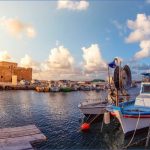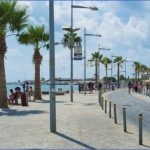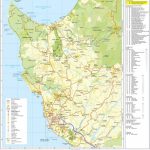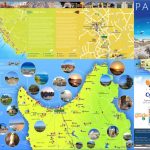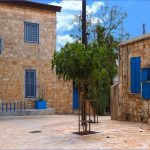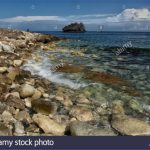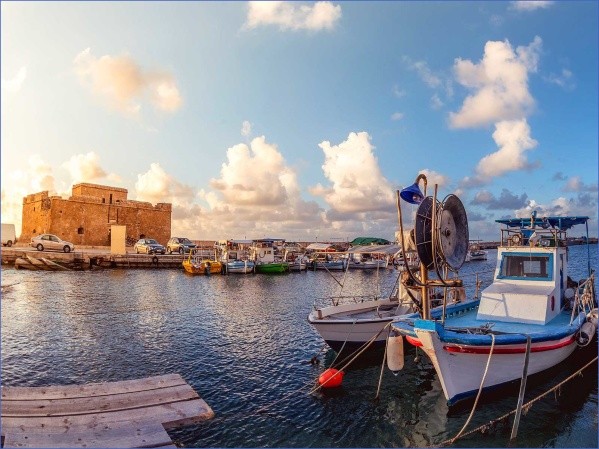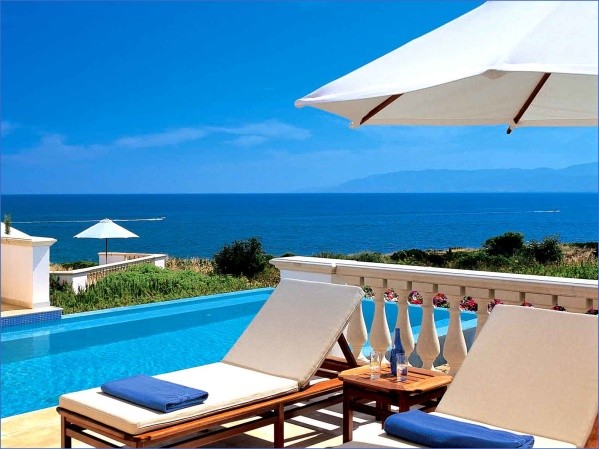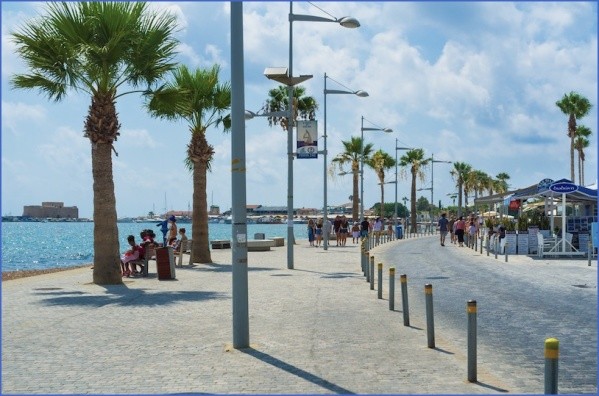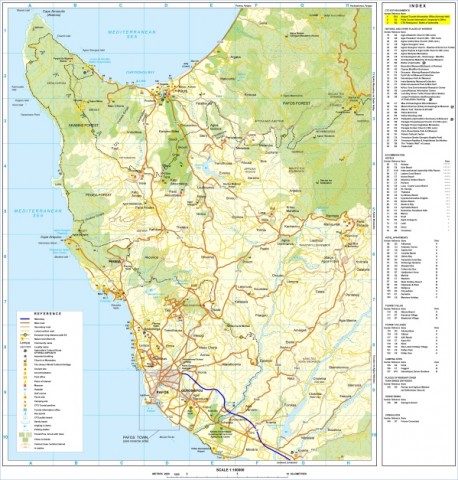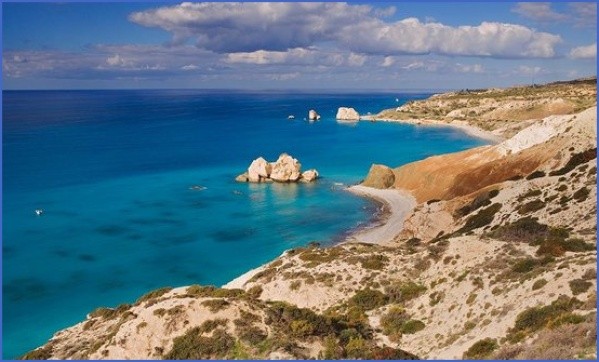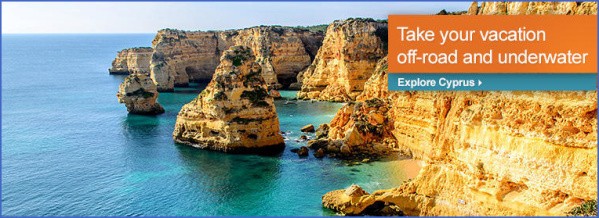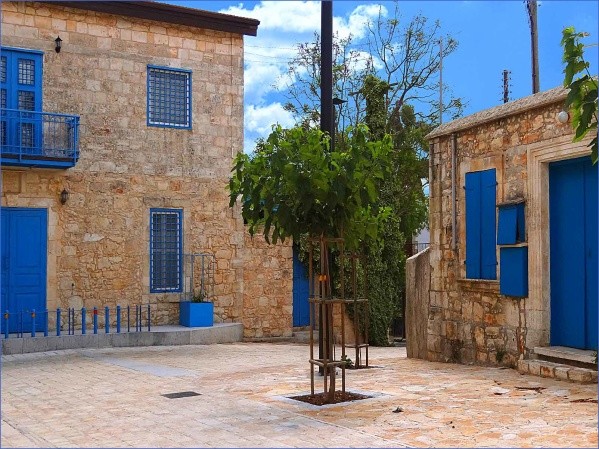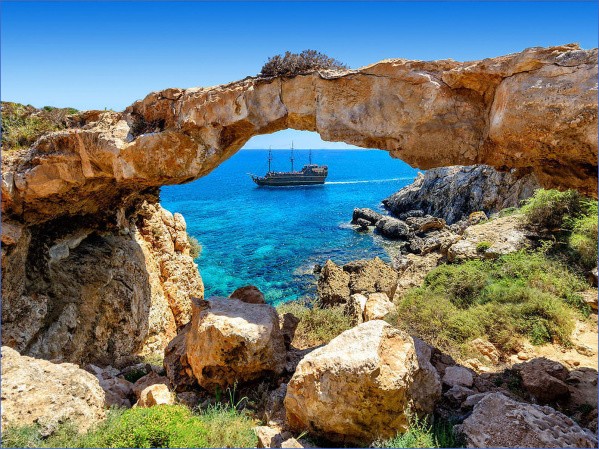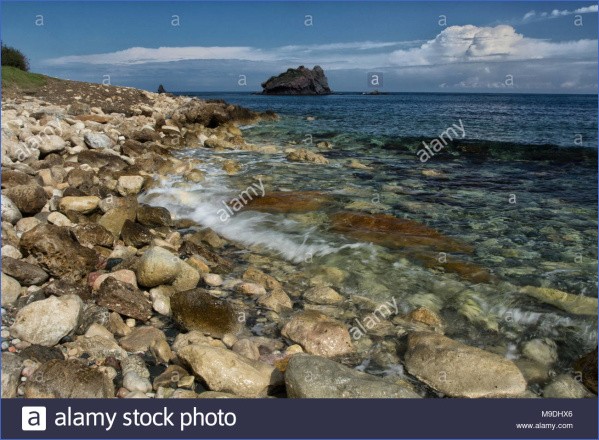EXPLORING THE HILLY VILLAGES OF PAFOS DISTRICT
a) Large vine-growing villages
Route: Tsada, Stavros Minthas Monastery, Koili, Kallepeia,
Letymvou, Polemi, Stroumpi
Tsada depends on the monoculture of vines. Furthermore, tourist villages and isolated villas are currently being built within its administrative boundaries. Hogarth notes that at Tsada some ancient Roman tombs were unearthed, though systematic archaeological excavations have not so far been undertaken. Limonidas’ manuscript refers to the monastery of Minthas which most probably pre-existed the settlement of Tsada. This leads to the possible conclusion that Tsada is a subsequent settlement. Stavros Minthas Monastery. It is not known when this monastery, 3km east of Tsada, was built, though Tsiknopoullos refers to 1520 A.D.. Most probably its name is from the plant “mentha”. Barsky, the Russian monk who visited the monastery in 1735, writes: “The monastery is dedicated to the Holy Cross. There is only a church, one cell, one monk and one lay brother. The church has a nice architecture. There is a cross much venerated by locals. It was found in the bushes close by”. The present church was erected in the year 1740 A.D. by Joakeim, bishop of Pafos. Kyriazis notes that during the first half of the 19th century the monastery of Minthas was the seat of Pafos Bishopric. The two-storeyed monastery of Minthas, is currently administered by a monk. The main doorway shows Gothic influence, while the south doorway appears to be the work of the 16th century. The iconostasis belongs to the 18th century. In an area belonging to the monastery a large golf course has recently been established along with a clubhouse. You can visit Koili by following the asphalted road north-west of Tsada. The village is located on a hill with extensive view towards many directions. A tourist village, at the locality Zelemenos, has been built, comprising luxurious villas with flowered gardens, mostly bought by wealthy foreigners. Kallepeia. The modern church of Agios Georgios is imposing, though the old church is now disused. This church is a long building of unusual shape and thick walls. A stone statue that existed in the church has now disappeared. The neighbouring “monastery” stands on a hill dominating the village. It is built with local marble while traces of frescoes appear on its walls. Letymvou is a village of churches. Hogarth, in 1889, enumerated twelve, including the painted church of saints Kyrikos and loulitti which impressed him considerably, mainly because of the richness of frescoes, the beauty of persons’ expression and the freedom of movement. The Heroes Monument, the restored fountain, the oil press and oil-mill in a village square give a distinct colour to the settlement. What, however, impresses the visitors is the church of Agioi Kyrikos and loulitti. It is a cruciform in style church with dome, constructed in the 15th century. Marble is plethoric inside, while the exterior walls are built with calcarenite. Though the interior of the church was entirely covered with frescoes, no paintings are preserved on the dome. Some preserved paintings are the Birth of Virgin Mary, the Prayer of Anna, the Nativity, Baptism, the Rising of Lazarus, the Transfiguration, Secret Dinner, Anunciation, The Judgement, the Twelve Apostles and some others. Four other chapels, now ruined, are found around the settlement. Polemi. Almost every square metre of the administrative area of Polemi is planted with vines. Even a small winery functions in the village.
A villager of Polemi, returning to the village from his field
In the locality Kampos tis Rigainas (Plain of the Queen), on a rise, there is a landform resembling a human seat. On it, according to tradition, Digenis was seated, gazing at the bay of Chrysochou, ready to attack and kill the Saracens, the well-known pirates, who used to loot and ruin the houses and properties of the Cypriots in the Byzantine times. Besides, the name of the village has a Byzantine origin. The church of Panagia Chryseleousa, possibly of the 13th or 14th century, within the built-up area of the village, is a noteworthy monument. It is domed, cruciform in style and possibly originally painted. A narthex was added later while a new modern church has been added to the Byzantine building, separated by arches. The narthex was added in 1723, while the iconostasis dates back to the 16th century. Most probably the modern church was added in 1737. Polemi has many churches, one of which, that of Agios Georgios, is closely associated with the village of Agios Georgios Silikou, in the Limassol district. According to tradition, the ruined church of Agios Georgios is the last remnant of a village that disappeared, as its inhabitants left Polemi and built Agios Georgios Silikou, in Limassol district. Hogarth suggests that Polemi dates back to the Roman times. Polemi with its Secondary School, its cultural center and its sports club, apart from its numerous other services, is evolving into a small agro-town.
Cyprus Paphos District – Visit in Cyprus Photo Gallery
Villages to visit – Paphos
Wine and grape festival site, Stroumpi,
Stroumpi, a significant communications junction, particularly between Pafos and Polis, is an old settlement. At the locality “Kampos”, antiquities unearthed, testify to the ancient origin of the settlement. In Frankish times it was a feud. The original settlement, currently known as Upper Stroumpi (Pano Stroumpi), preserves some traditional houses worth visiting. There were also two wineries as well as a corn-mill.
After the catastrophic earthquakes of 1953 the settlement was removed to present-day Stroumpi, often known as Kato Stroumpi (Lower Stroumpi). The new planned settlement with wide roads is surrounded by flower and fruit gardens, while at the center stands the church of the Holy Spirit. A recently-built restaurant-taverna functions at the entrance to the village from Pafos. A wine and grape festival called “Dionysia” takes place annually, attracting people from the towns as well as from the neighbouring villages.
b) Hilly villages west of Pafos Forest
Route: Simou, Drymou, Lasa, Drynia, Milia, Fyti, Kritou Marottou, Anadiou
Simou, east of Chrysochou valley, is rich in natural and cultural characteristics. The centuries-old terebinth in the center of the settlement, is according to tradition, as old as the village itself. A well, from which water was obtained, before houses were furnished with piped water, still exists in the village. The most important feature of the village, however, is the bridge of Skarfos, dating back to 1618, with a width of 2,75m and a length of 8,50m, built with hewn limestone blocks and pebbles from the river bed. Drymou, a hilly village between Simou and Lasa, has grown according to the inhabitants, in seven neighbourhoods. Hogard refers to the marble bowl at Drynia which, he thinks, belongs to Drymou. At the entrance to the village a carved tomb is preserved, which most probably belongs to the Hellenistic-Roman period. Lasa has a rich and impressive traditional architecture. The visitor might even see today the threshing of wheat and legumes still functioning in the threshing floors of the village, a feature dating back to Homeric times. Weaving is well-developed in the village, though currently only a few women continue this old handicraft. Many houses continue to keep the looms that some members of the family were handling in the last century or even recently. Even carpenters and masons still exercise the art of working the wood and stone, for chair-making as well as for other wood artifacts. Drynia. The traditional architecture of Drynia is very rich, while the use of hewn limestone blocks is plethoric. The church of Agios Georgios is a building of 1755. The marble bowl, close to the church, belongs, according to Hogarth, to the neighbouring village of Drymou. Milia is a declining village with about a dozen permanent inhabitants. Fyti, lying close to the Forest of Pafos, enjoys a vast view towards many directions. In the locality of “Akrikous” a centuries-old oak-tree stands next to an old spring of the settlement. Most probably this is the largest oak-tree in Cyprus, with a trunk perimeter of 10m, a height of 20m and a cavity in the trunk large enough to accommodate 5-6 persons. In past decades it was used as a stable for oxen or as pen of sheep. It is, however, the traditional architecture, particularly the well-carved limestone blocks used for the building of elongated rooms, two-storeyed houses or arched double-rooms that fascinate the visitor.
Table cloth made by Fyti weavers
Weaving, is, however, a speciality of Fyti and nobody knows the roots of the handicraft, which are lost in time. In past decades nearly every household kept a “voufa”, (loom), while until 30 years ago there were as many as 40 weavers, while currently there are only a few. Women at Fyti weave curtains, handkerchiefs, pillowcases, bed covers, napkins, tablecloths and a number of other products. The visitor can always find a souvenir to buy. Kritou Marottou, east of Fyti, is a very old village. In the center of the village, on a slope close to the old church of Agia Marina, the “Octagon”, an impressive building, functions as a coffee-shop. Anadiou is an abandoned settlement, north of Kritou Marottou.
Maybe You Like Them Too
- Top 10 Islands You Can Buy
- Top 10 Underrated Asian Cities 2023
- Top 10 Reasons Upsizing Will Be a Huge Travel Trend
- Top 10 Scuba Diving Destinations
- World’s 10 Best Places To Visit

